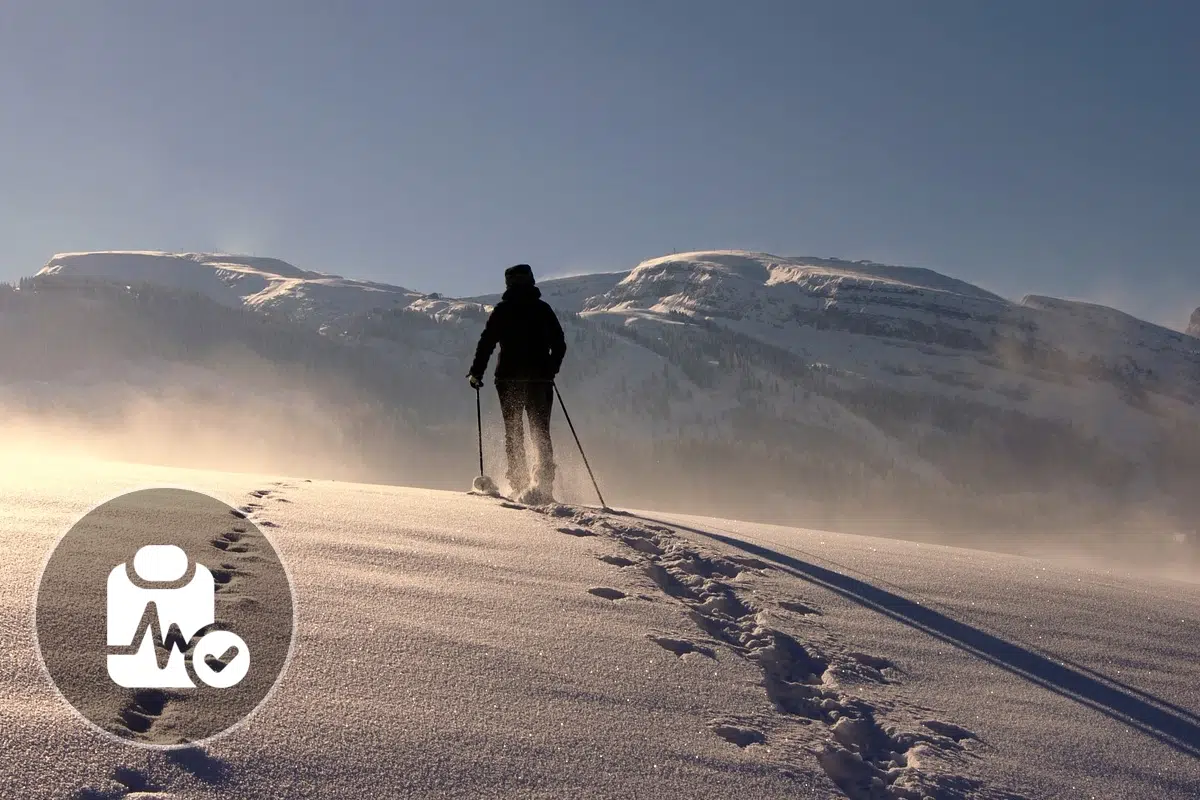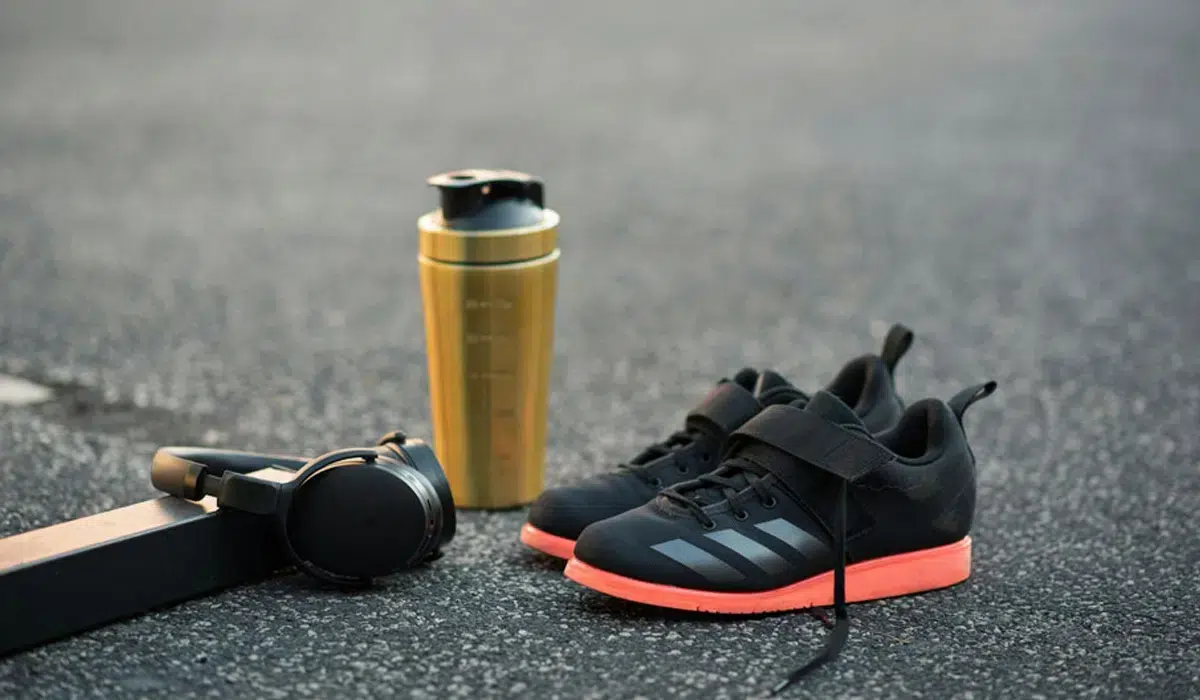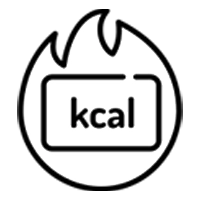Show summary Hide summary
What are the health benefits of snowshoeing?

Everything you need to know about snowshoeing
What are the health benefits of snowshoeing? Use the tool below to find out all the benefits of snowshoeing and discover whether this sport meets your goals and expectations.
More information on snowshoeing
Is snowshoeing good for your health? Is it a good sport for everyone? Whether you’re a beginner or an experienced snowshoer, here’s a list of the health benefits and problematics you may encounter while snowshoeing.

The TOP 5 health benefits of snowshoeing!
Want to get some exercise and enjoy the snowy landscape? Why not try snowshoeing? Snowshoeing or snowshoe trekking is a leisure activity that will keep you fit and active in winter. This discipline has many benefits for body and mind.
- Snowshoeing strengthens the heart. Endurance effort combined with cold temperatures helps boost cardio-respiratory function and the immune system.
- Snowshoeing improves balance and movement coordination.
- Snowshoeing helps you get a better, more restful night’s sleep after a day’s outing
- Snowshoeing promotes weight loss, with a caloric expenditure of at least 300 calories for 1 hour of practice.
- Snowshoeing allows you to recharge your batteries, unwind and reduce stress. It’s also a way of enjoying the benefits of daylight, and maintaining your vitamin D intake in winter.
What are the disadvantages and contraindications of snowshoeing?
Snowshoeing has no major contraindications. However, the effort involved in snowshoeing can be intensive. Consequently, snowshoeing may not be recommended in certain cases (cardiovascular problems, respiratory problems, pregnancy, etc.). You need to be in good physical condition. As with any physical activity, there is no such thing as zero risk. The most common pathologies are cramps, sprains and tears. So it’s important to prepare, warm up and stretch your body beforehand to minimize the risk of injury.
What is snowshoeing and how does it work?
Snowshoeing is an outdoor activity that involves walking on snow-covered mountains with two plastic boards on your feet. Once the preserve of Amerindian hunters, snowshoeing has only become widely popular since the 1990s. Fun, economical and accessible to all, snowshoeing offers a wide range of activities, from hiking to discovering the most prestigious peaks.
What equipment is needed to get started and enjoy the benefits of snowshoeing?
Snowshoeing requires a certain amount of equipment, available at any price from sports stores such as Decathlon. You’ll need snowshoes, poles and suitable footwear. When it comes to clothing, adopt the 3-layer technique to keep warm: a breathable first layer (a breathable undergarment close to the body), an insulating second layer (fleece or down jacket) and a waterproof outer layer (windbreaker or raincoat).
Everything you need to know about snowshoeing
All sports in detail!




















































